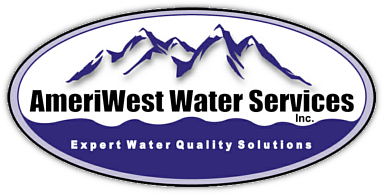It’s important to understand the different forms of phosphate that can be present in water and the methods used to chemically analyze them.
Ortho vs. Poly: Very simply put, ‘ortho’ phosphate in water treatment formulas is used to treat corrosive water, whereas the ‘poly’ phosphate portion is primarily used to sequester iron, manganese and hardness. Many water treatment formulas contain varying blends of both forms in an attempt to provide a multiple use product that offers sequestering and corrosion control.
Testing Methods:
Ortho Phosphate Testing Methods; Analytical tests are only able to detect ortho phosphate in water samples. The common test for ortho phosphate is called a “Reactive Phosphorus (Orthophosphate)” test, where phosphate in the water reacts with reagents to produce a blue color which is measured and reported as ______mg/L PO4. (Note, many laboratories when asked to analyze a sample for phosphate will report the sample results as phosphorus. When results are reported as mg/L of phosphorous, multiply the results by 3.06 to get results as mg/L orthophosphate, PO4.)
Total Phosphate Testing Methods; If organic phosphates, condensed inorganic or long chain linear polyphosphates are present, they must be converted to ortho phosphate before it can be measured. The sample is treated with heat and acid plus reagents to break apart the condensed or linear chain forms of poly phosphate to the basic reactive ortho phosphate before analysis. Water sample + acid + heat + reagents changes the condensed polyphosphate PO4 present to orthophosphate PO4 which can be measured by the reactive phosphorous method. Results are reported as total phosphorous PO4. Polyphosphates are thus determined indirectly by subtracting the result of the basic reactive phosphorus test from the total (acid hydrolyzable) phosphorus test. When you subtract the ortho PO4 from the total PO4 the difference is Poly phosphate, PO4.
In summary: Total phosphate as PO4 – ortho phosphate as PO4 = Poly phosphate as PO4. Always do both tests if you need to determine the polyphosphate concentration.
